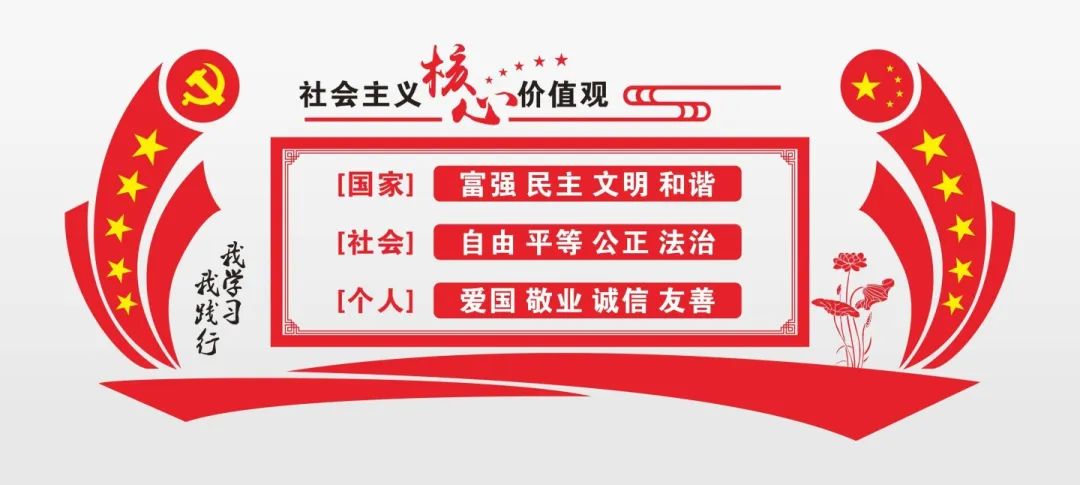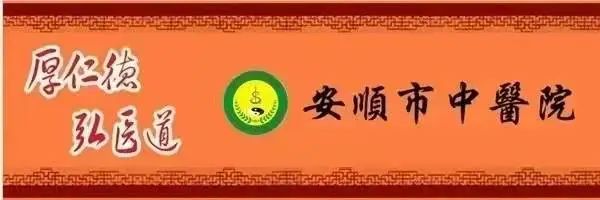
Click the blue text above to follow us

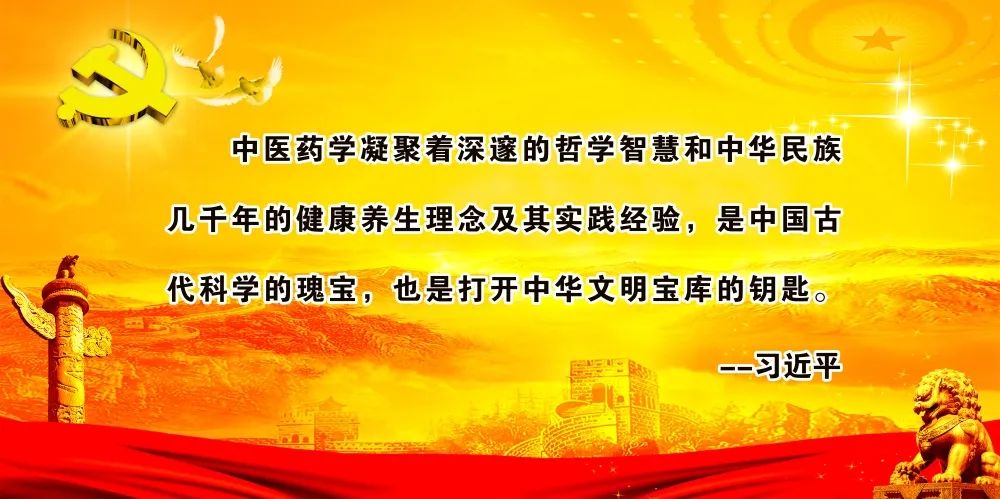
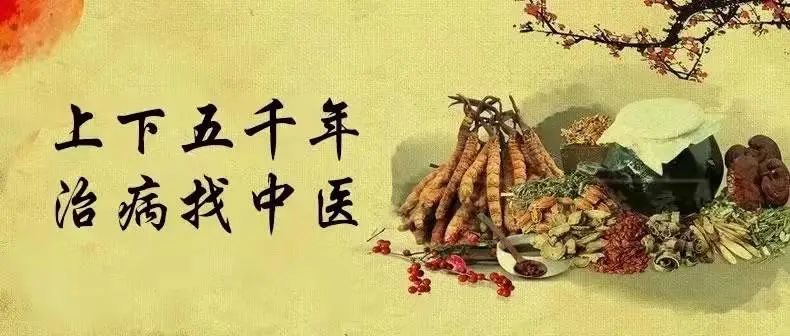
Fire needle therapy (huǒ zhēn liáofǎ) is a time-honored traditional acupuncture method that utilizes specially designed needles, which are heated until red-hot and then swiftly and precisely inserted into the body’s acupoints (腧穴, shùxué) or areas of skin lesions, followed by immediate withdrawal. This therapy ingeniously combines the dual effects of fire and needles, reflecting the unique wisdom of the Chinese people in treating diseases. Fire needles not only stimulate the flow of qi (气) in the meridians (经络, jīngluò) but also exhibit special efficacy against various stubborn diseases through mechanisms such as assisting Yang (助阳, zhù yáng), warming the meridians, expelling pathogens, and using heat to draw out heat. It is characterized as a “simple, convenient, efficient, and economical” acupuncture therapy.

As one of the nine needles mentioned in the “Huangdi Neijing” (黄帝内经), referred to as “burning needle” in the “Shanghan Zabing Lun” (伤寒杂病论), fire needle therapy has undergone over two thousand years of development, continuously improved and refined by generations of physicians, resulting in a comprehensive theoretical system. Its indications are broad, effectively addressing various diseases, with notable conditions including:1. Chronic Strain Pain which includes local long-term overuse or accumulation of multiple micro-injuries, such as cervical spondylosis (颈椎病, jǐngzhuī bìng), rotator cuff injuries (肩袖损伤, jiān xiù sǔnshāng), lumbar muscle strain (腰肌劳损, yāojī láosǔn), degenerative changes in the knee joint (膝关节退行性变, xī guānjié tuìxíng xìng biàn), and ganglion cysts (腱鞘囊肿, jiànqiào nángzhǒng). Fire needles are inserted into the painful area (阿是穴, ā shì xué) and corresponding meridian acupoints to relieve pain by promoting circulation and unblocking the meridians.
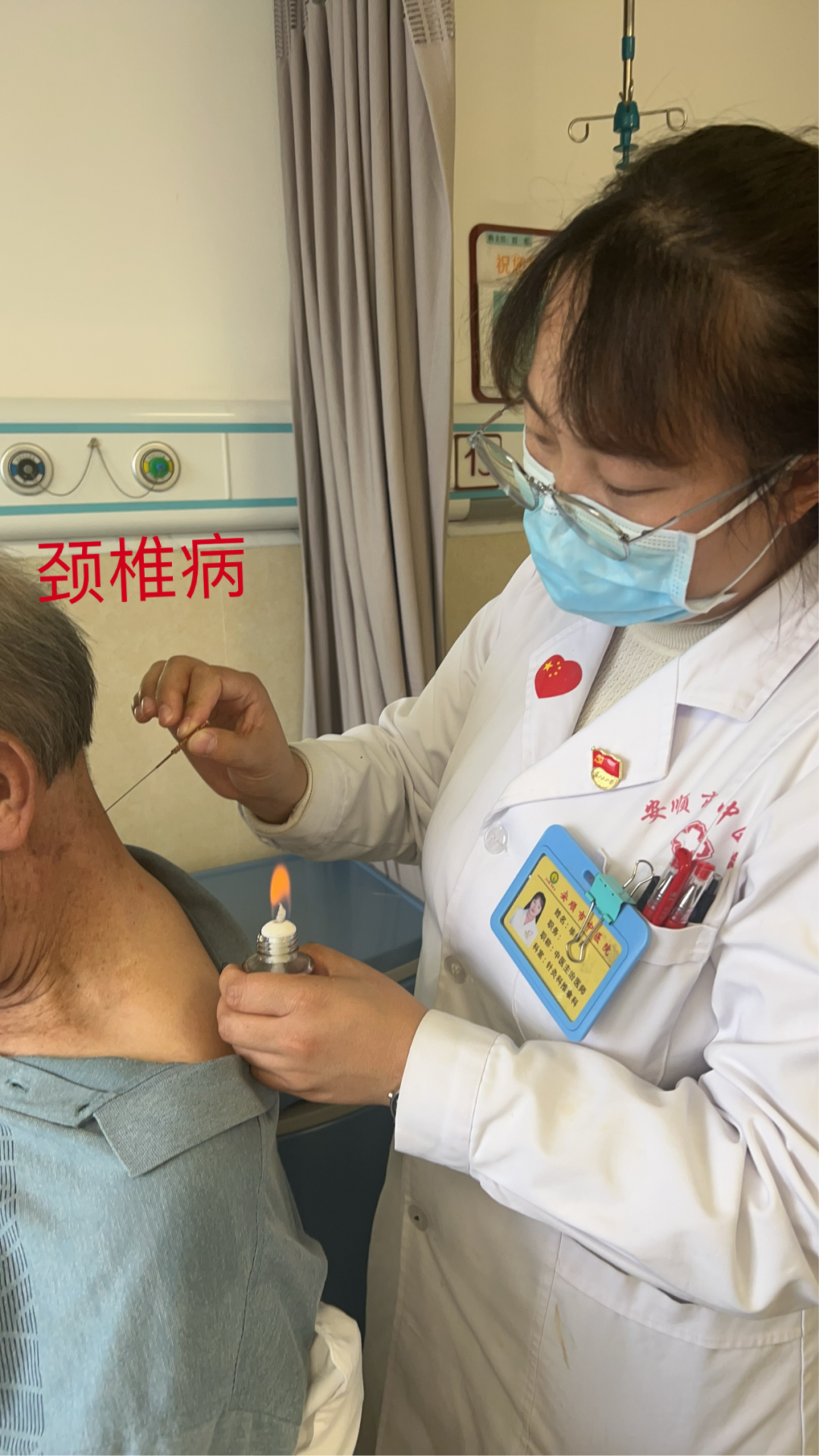
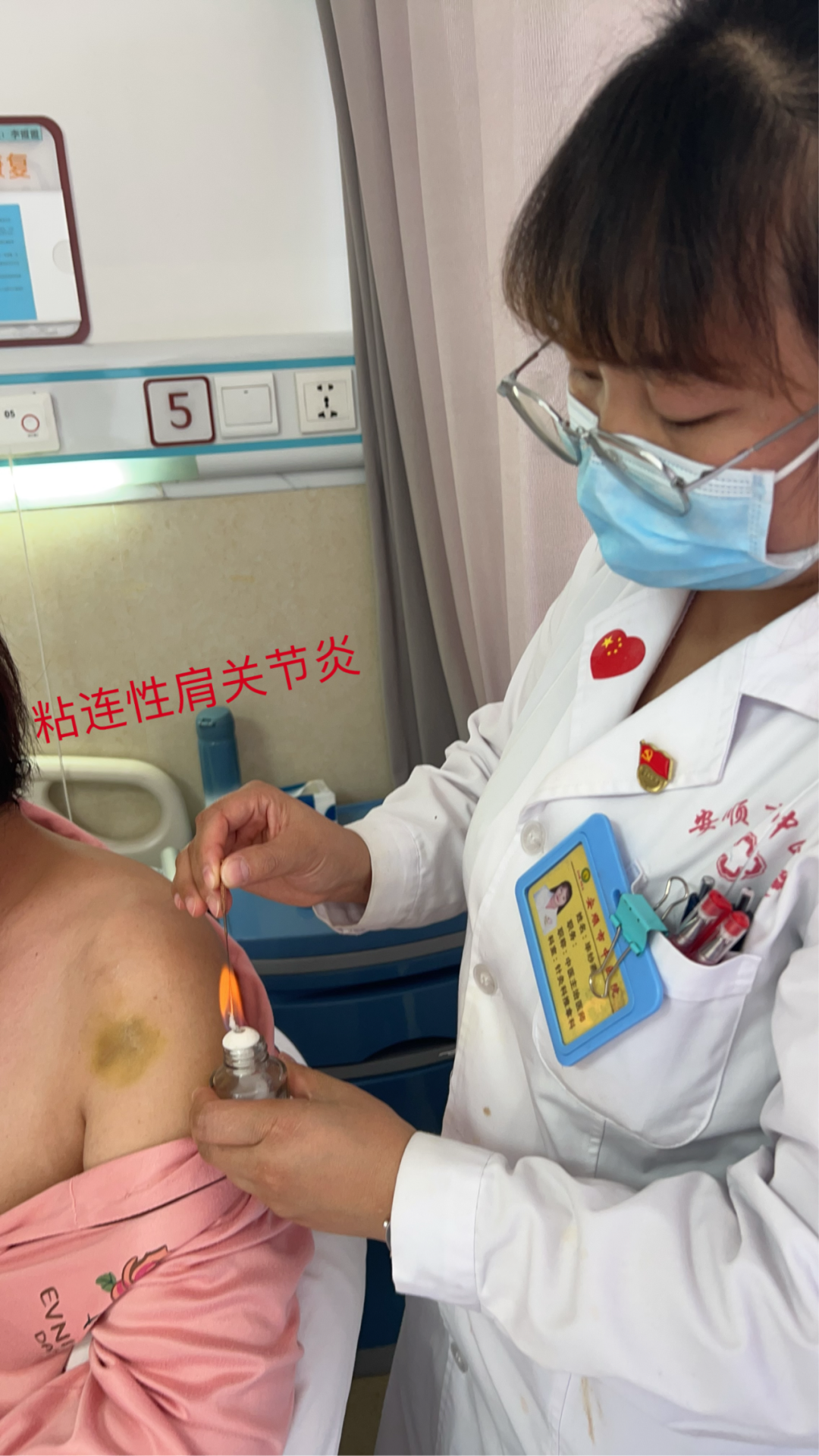
2. Gouty Arthritis primarily manifests as swelling, heat, redness, and pain in the joints. Fire needles can dispel wind and dry dampness, using heat to draw out heat, rapidly alleviating pain and swelling. During treatment, a reasonable diet and avoidance of alcohol are recommended to prevent recurrence.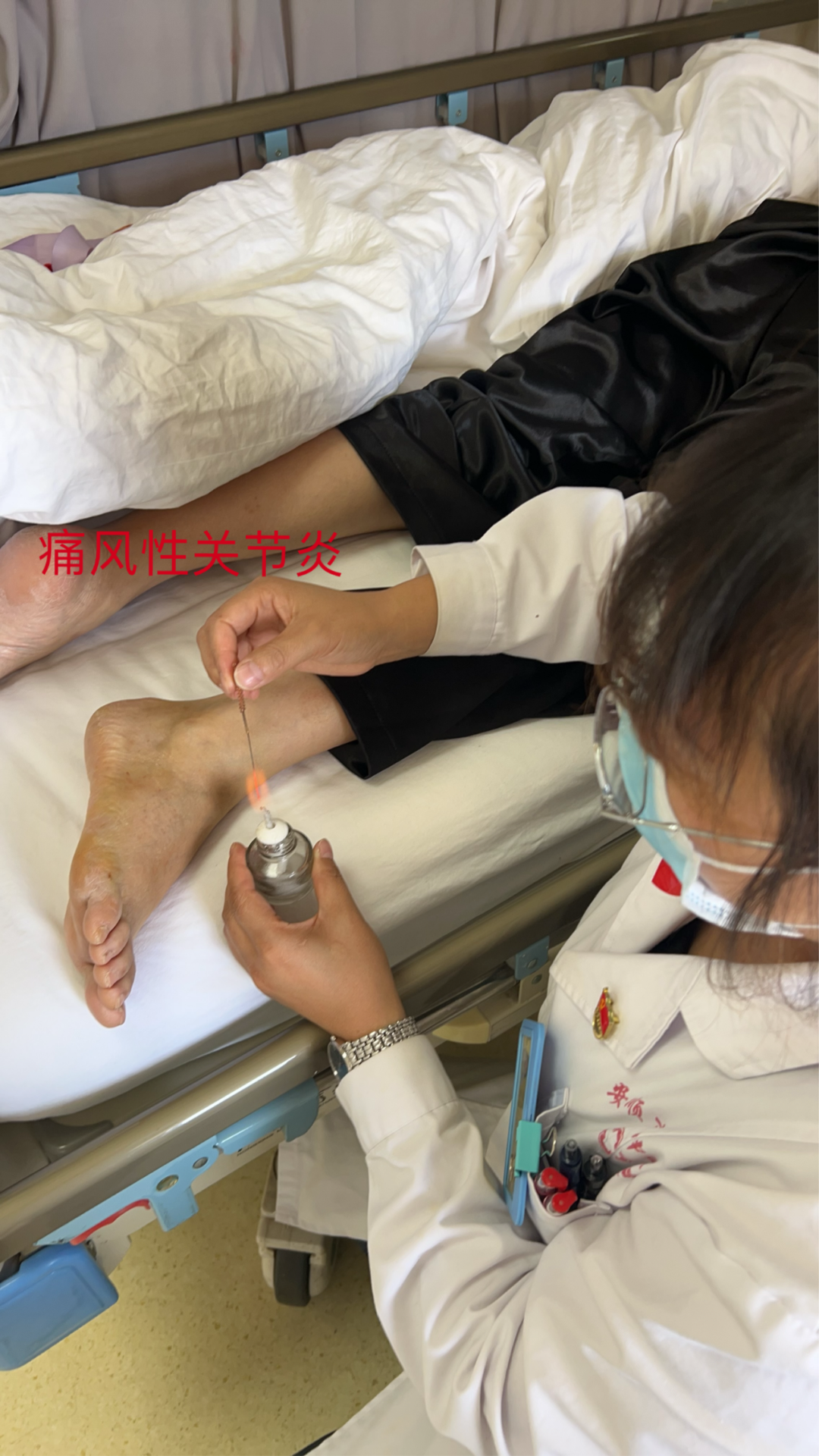 3. Post-Stroke Spastic Hemiplegia and Speech Impairment During the recovery period after a stroke, increased muscle tone and stiffness in the limbs occur, referred to in TCM as “Yang is slow and Yin is rapid” (阳缓而阴急). Fire needle therapy can balance local Yin and Yang, reduce muscle tone, and alleviate limb stiffness.
3. Post-Stroke Spastic Hemiplegia and Speech Impairment During the recovery period after a stroke, increased muscle tone and stiffness in the limbs occur, referred to in TCM as “Yang is slow and Yin is rapid” (阳缓而阴急). Fire needle therapy can balance local Yin and Yang, reduce muscle tone, and alleviate limb stiffness.

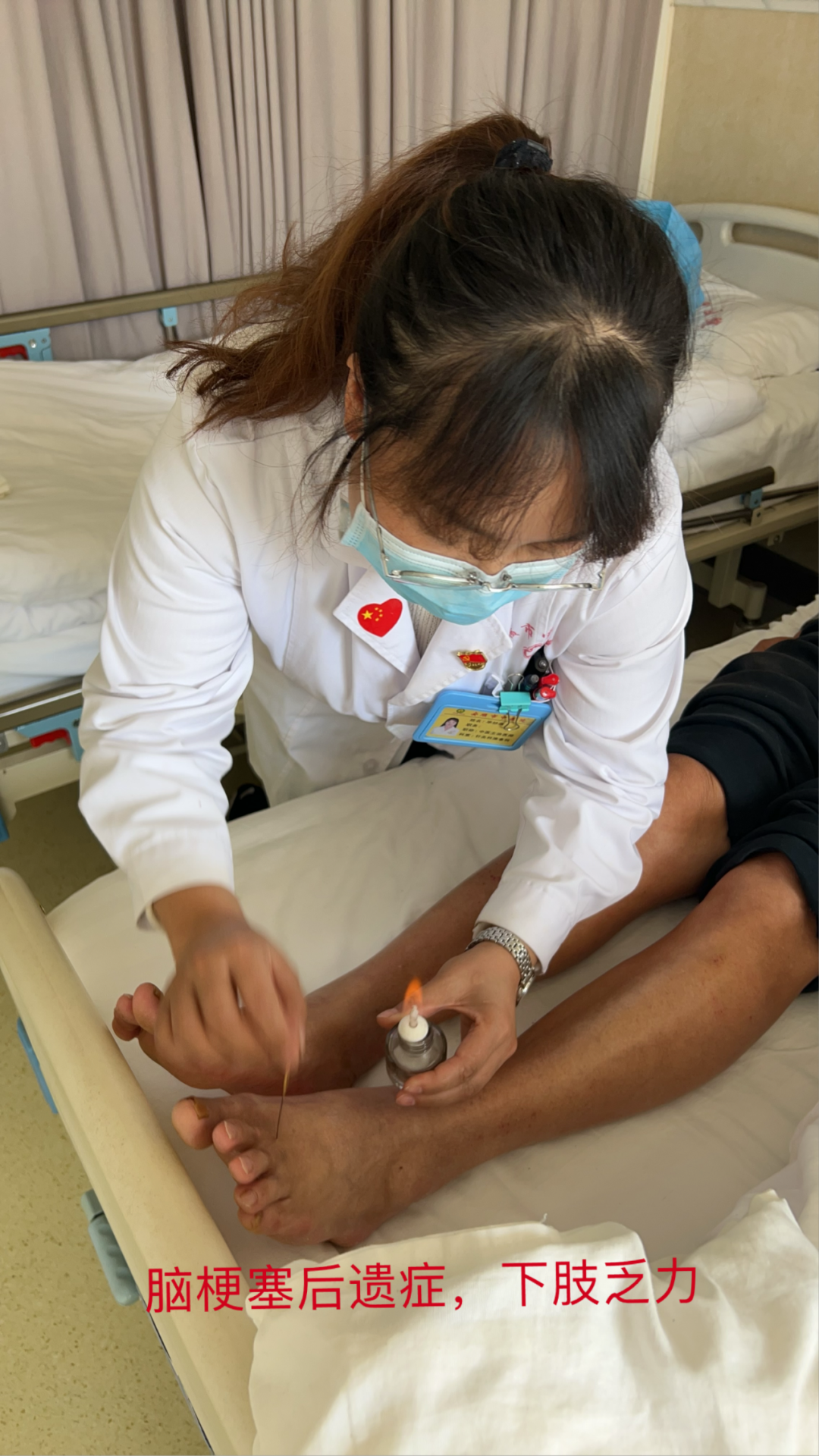
4. Herpes Zoster and Postherpetic Neuralgia Herpes zoster falls under the category of snake string sores (蛇串疮, shé chuàn chuāng) in TCM. It often arises from insufficient righteous qi (正气, zhèngqì) in the body, with damp-heat toxins (湿热毒邪, shīrè dúxié) lurking within. Fire needles can “release the fire” (火郁发之), providing an outlet for the pathogens while also promoting local qi and blood circulation and supporting righteous qi, thus facilitating the healing of herpes and alleviating pain.
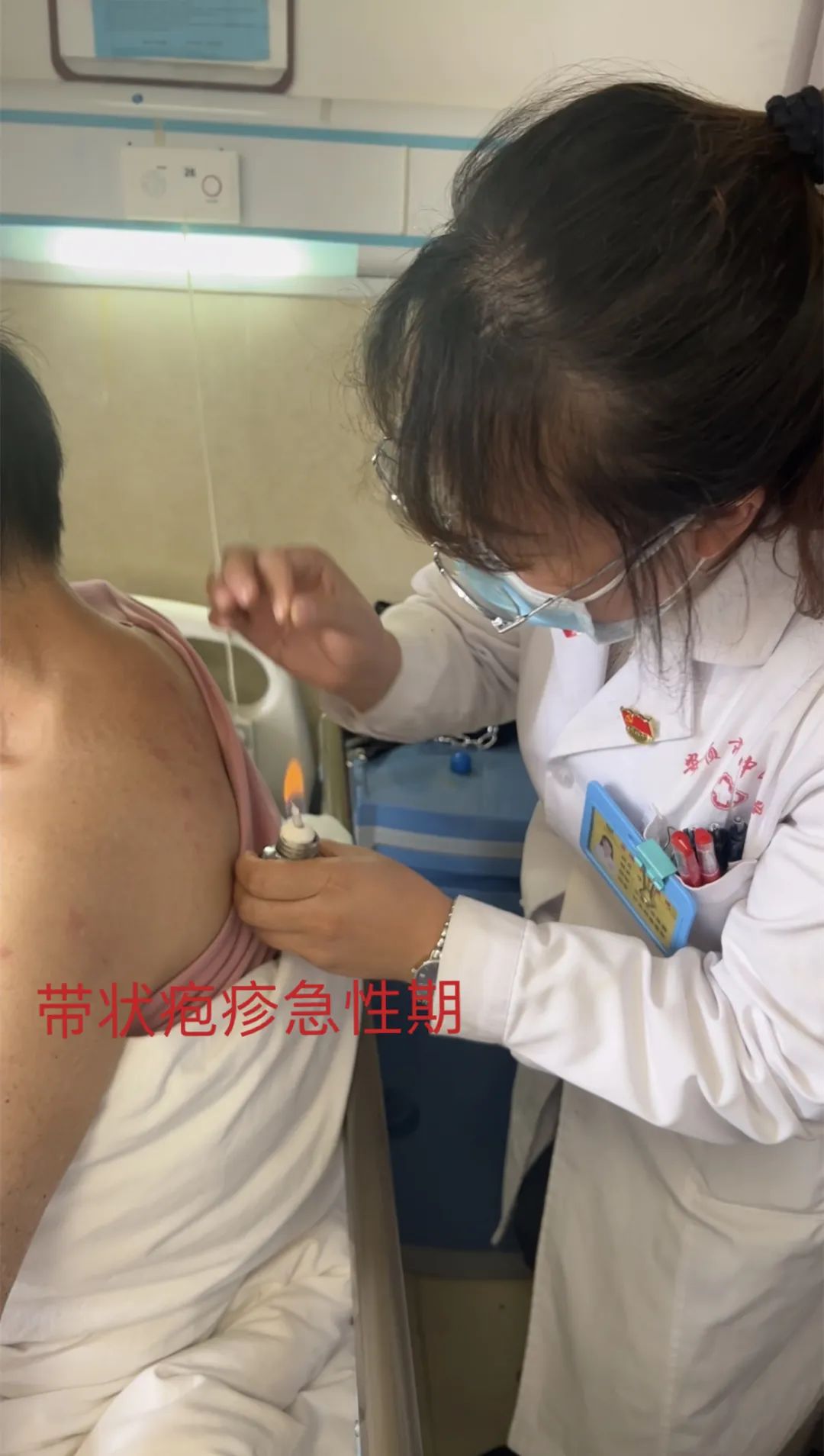

5. Other Disorders. Fire needles also show significant efficacy in other diseases such as varicose veins (静脉曲张, jìngmài qūzhāng) and trigeminal neuralgia (三叉神经痛, sānchā shénjīng tòng). Fire needles can promote blood circulation, warm Yang, unblock the meridians, reduce inflammation, relieve pain, improve metabolism, and enhance the body’s resistance to disease, preventing recurrence.

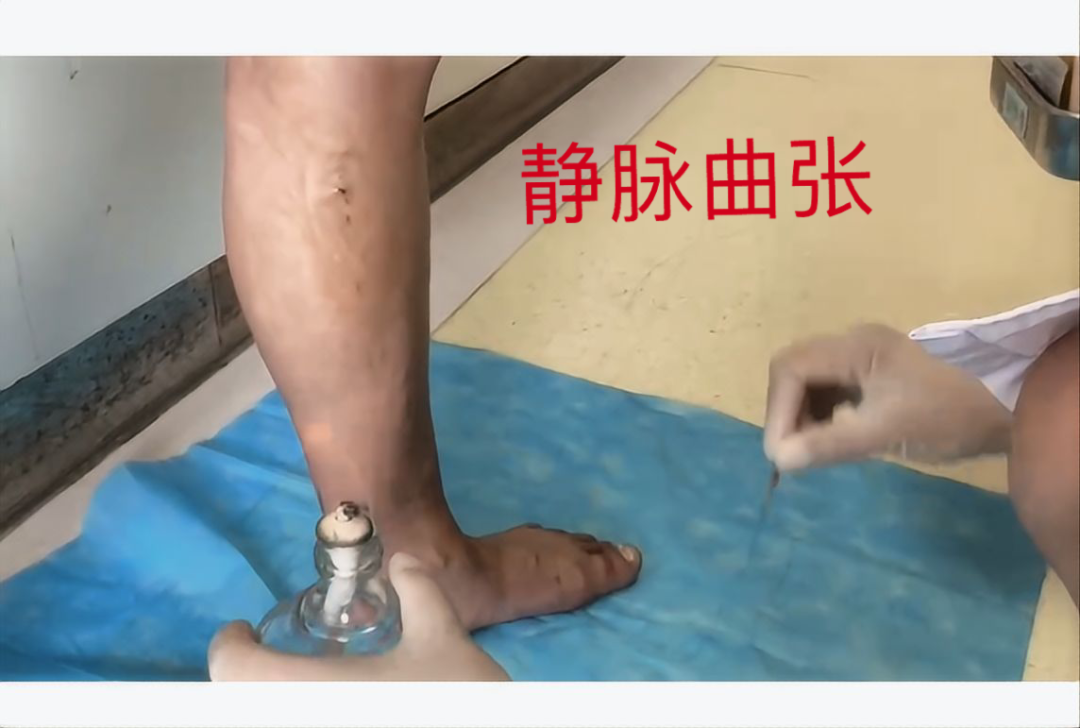

Contraindications and Precautions for Fire Needle Therapy: 1. Patients who are overly tense, hungry, fatigued, or intoxicated should avoid fire needle therapy to prevent symptoms such as fainting, which could cause unnecessary suffering. Treatment should only resume once discomfort has alleviated. 2. Fire needles should not be used on certain body parts, such as major blood vessels, internal organs, and vital organs. Caution is advised for diabetic patients. 3. During fire needle treatment, avoid consuming cold foods. 4. Bathing is prohibited within 24 hours after fire needle treatment to prevent infection at the needle sites.
DepartmentIntroduction
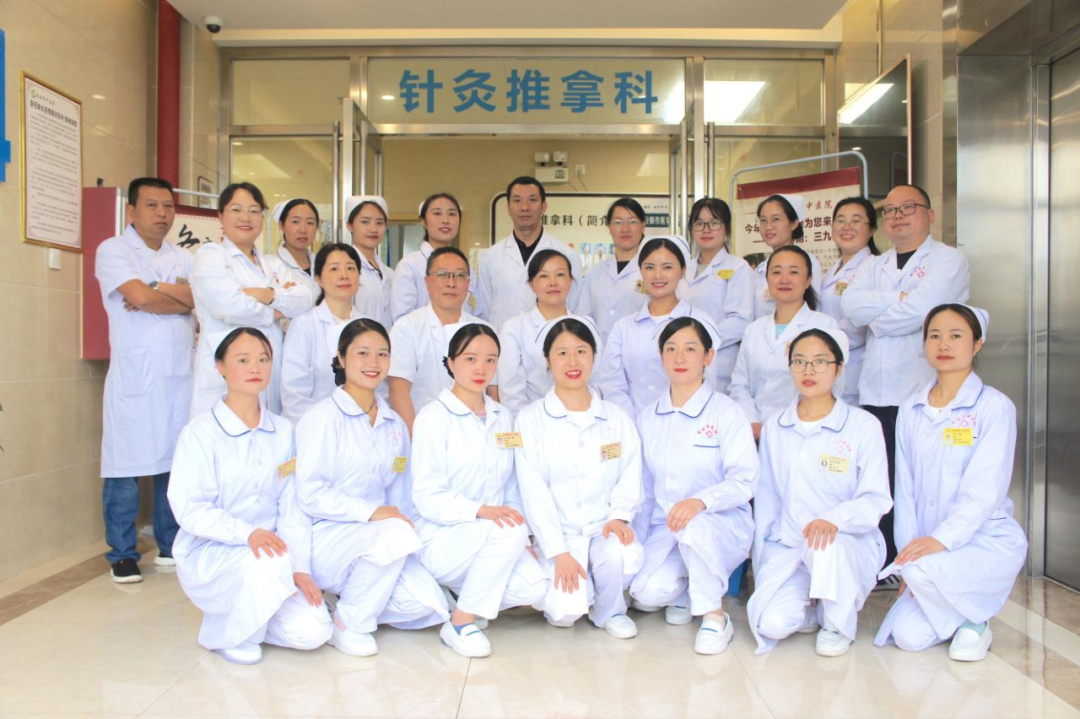
The Acupuncture and Tuina Department is a key specialty in Guizhou Province’s TCM, part of the “14th Five-Year Plan” for TCM and ethnic medicine key discipline construction; it is a promotion base for Lingnan fire needle therapy at the Affiliated Hospital of Guangzhou Medical University, and a base for the promotion of the awakening and opening needle method for stroke treatment; it is a key supported specialty in Anshun City, and the executing unit of the Anshun City Acupuncture Quality Control Center. It has been awarded the “Worker Pioneer” and “Youth Civilization” titles in Anshun City. The department currently has 25 medical staff, including 11 physicians and 14 nurses, with 4 senior titles and 12 intermediate titles.The department includes outpatient and inpatient areas: the outpatient area has 8 comprehensive treatment rooms, 1 traction treatment room, 1 medium-frequency treatment room, and 3 specialized outpatient clinics: cervical pain clinic, lumbar pain clinic, and knee pain clinic; the inpatient ward has 70 beds. The treatment scope includes internal medicine, orthopedics, gynecology, neurology, otorhinolaryngology, dermatology, and other systemic diseases, with significant efficacy in cervical spondylosis, lumbar spondylosis, post-stroke sequelae, knee joint diseases, facial paralysis, shoulder periarthritis, facial muscle spasms, herpes zoster, bone and joint pain, and rheumatoid arthritis.The department is equipped with advanced medical devices, adhering to a combination of traditional and modern technology, and offers 22 major acupuncture specialty therapies, including filiform needle technique, electroacupuncture, scalp acupuncture, auricular acupuncture, abdominal acupuncture, wrist-ankle acupuncture, three-edged needle technique, intradermal needle technique, skin needle technique, acupoint injection technique, acupoint embedding technique, awakening and opening technique, “Jin’s Three Needles” technique, “Huangdi’s Inner Needle” technique, He’s Three Connections technique, “Dragon Sand Opening and Closing of Five Qi and Six Movements” technique, floating needle technique, guasha, cupping technique, moxibustion, and various seasonal moxibustion techniques, achieving a leading level in the province.
Expert Team

Liu Rong
Member of the Party Committee of Anshun City Hospital, Vice President
Deputy Chief Physician of TCM
Director of the Minimally Invasive Technology Branch of the Chinese Ethnic Medicine Association
National Backbone Talent for the Inheritance of TCM Clinical Specialty Techniques
Disciple of the famous TCM physician Lu Shaozu
Leader of the Key Discipline of Acupuncture in Guizhou Province
Executive Director of the Guizhou Province Acupuncture Association
Member of the Tuina Branch of the Guizhou Province TCM Association
Member of the Faculty for the Promotion of Appropriate TCM Techniques for Common and Frequently Occurring Diseases in Guizhou Province
Chief Examiner for the Practical Skills Examination for TCM Physician Qualification in Guizhou Province
Guiding Teacher for the Second Batch of Famous TCM Physicians’ Inheritance Work in Guizhou Province
Director of the Anshun City Acupuncture Medical Quality Control Center
Has received titles such as “Expert in the Apricot Forest”, “Advanced Model of Creating a Model Organization in Anshun City”, and “Pioneer in White Coats”. Has hosted multiple new technology projects at the Anshun City level and published several papers in domestic professional journals.Engaged in clinical work in TCM acupuncture for over twenty years, skilled in treating various pain conditions, cervical and lumbar disc herniation, knee joint degeneration, post-stroke sequelae, facial paralysis, facial muscle spasms, trigeminal neuralgia, shoulder periarthritis, obesity, and chronic gastrointestinal diseases.
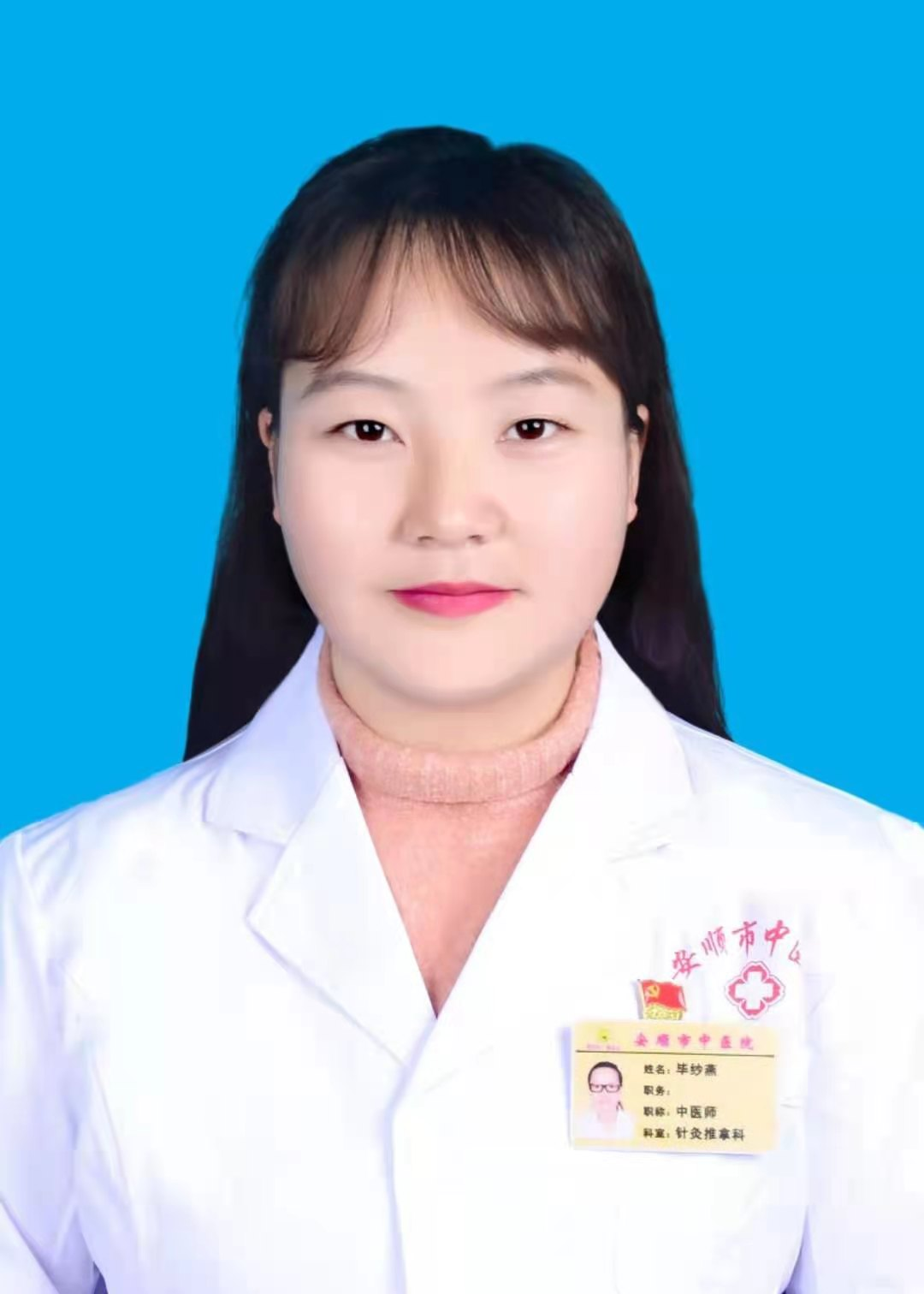
Chen Bo
Attending Physician of TCM, Director of Acupuncture and Tuina Department
Director of the Tuina Branch of the Chinese Ethnic Medicine Association
Key Talent in Acupuncture in Guizhou Province
Disciple of the famous TCM physician Cui Jin
Deputy Director of the Anshun City Acupuncture Medical Quality Control Center
Guiding Teacher for TCM Appropriate Technology Training in Anshun City
Graduated from Guizhou University of Traditional Chinese Medicine (formerly Guiyang College of Traditional Chinese Medicine), engaged in clinical acupuncture work for over 10 years. Clinically skilled in traditional acupuncture, small needle knife, TCM bone-setting, and nerve block techniques for treating cervical spondylosis, lumbar spondylosis, limb joint diseases, facial paralysis, herpes zoster, and various difficult and miscellaneous diseases.

Bi Shayuan
Attending Physician of TCM
Key Talent in Acupuncture in Guizhou Province
Member of the Spinal Manipulation Branch of the Guizhou Province TCM Association
Member of the Tuina Association of Guizhou Province, Member of the Acupuncture Association of Guizhou Province
Secretary of the Anshun City Acupuncture Medical Quality Control Center
Guiding Teacher for TCM Appropriate Technology Training in Anshun City
Graduated from Guiyang College of Traditional Chinese Medicine, Bachelor of Medicine. Studied at the “First Affiliated Hospital of Guizhou University of Traditional Chinese Medicine” and “Mao Yongxing’s Famous Physician Studio”, mastering various treatment methods such as Lingnan fire needle, wrist-ankle needle, scalp eight trigram needle, fire dragon cupping, acupoint application, and fire dragon moxibustion.
In 2023, studied “Lingnan Fire Needle, Lingnan Flying Needle, Bee Needle Therapy” at “Guangzhou Hospital of Traditional Chinese Medicine”, and widely applied “Lingnan Fire Needle” in clinical practice for treating herpes zoster, insomnia, anxiety, cervical spondylosis, lumbar disc herniation, shoulder periarthritis, tenosynovitis, knee joint diseases, gouty arthritis, post-stroke cerebrovascular disease sequelae, facial paralysis, and various pain conditions.
-END-

First Review: Chen Bo
Second Review: Medical Education Department
Third Review:Huang Cong
